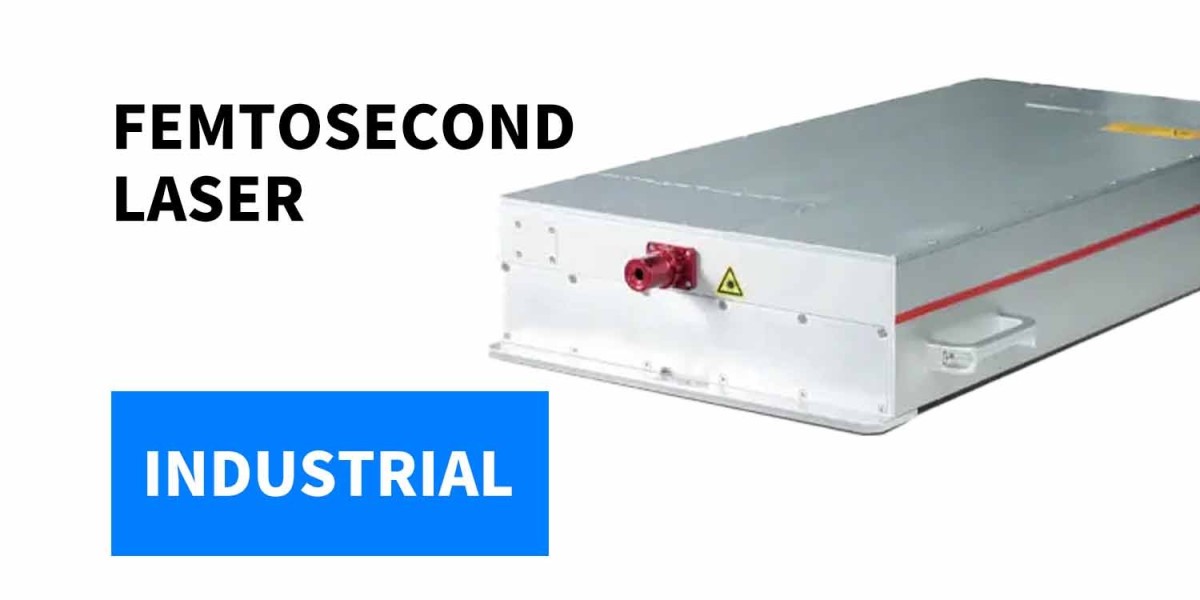In the field of ultrafast optics and precision manufacturing, the laser source plays a pivotal role in defining the quality, speed, and outcome of any laser-based process. Among the most advanced types of laser sources are the picosecond laser and the femtosecond laser, each offering unique advantages in applications ranging from medical surgery to micromachining.
What is a Laser Source?
A laser source is the origin of coherent light used in various applications such as cutting, marking, welding, and medical treatments. The performance of the entire laser system is largely determined by the type and quality of the laser source it uses. Continuous-wave (CW), nanosecond, picosecond, and femtosecond lasers are all categorized by the duration of their light pulses — with shorter pulses enabling higher precision.
Picosecond Laser: Balancing Precision and Power
The picosecond laser emits pulses that are one trillionth of a second (10⁻¹² s) long. This ultrashort duration reduces thermal effects, which is crucial for applications that require high precision without damaging surrounding material.
Key Benefits of Picosecond Lasers:
Excellent for cold processing with minimal heat-affected zones.
Ideal for fine micro-machining of metals, semiconductors, and polymers.
Widely used in tattoo removal and dermatology, offering cleaner results with faster recovery.
Whether you're marking delicate electronics or engraving glass, a picosecond laser provides a reliable and precise laser source solution for modern industrial demands.
Femtosecond Laser: Ultra-High Precision and Zero Thermal Damage
Going one step further in pulse duration, the femtosecond laser produces pulses lasting just one quadrillionth of a second (10⁻¹⁵ s). This ultrafast interaction time virtually eliminates thermal diffusion into the material, enabling cold ablation — the cleanest and most precise material removal method known.
Why Femtosecond Lasers Stand Out:
Perfect for micron and sub-micron machining.
Used in LASIK eye surgery, biomedical imaging, and 3D microfabrication.
Enables processing of transparent materials like glass or sapphire without cracking.
A femtosecond laser is the ultimate laser source for industries where precision and quality cannot be compromised — such as in aerospace, semiconductors, and medical device manufacturing.
Laser Source Selection: Picosecond vs. Femtosecond
| Feature | Picosecond Laser | Femtosecond Laser |
|---|---|---|
| Pulse Duration | ~10⁻¹² seconds | ~10⁻¹⁵ seconds |
| Thermal Effect | Low | Ultra-low (near zero) |
| Cost | Moderate | Higher |
| Best Use Case | Micromachining, tattoo removal | Eye surgery, 3D micromachining |
| Material Compatibility | Metals, plastics, ceramics | Transparent & sensitive materials |
When choosing a laser source for your application, consider not just the level of precision required but also the material type, budget, and production speed. Both picosecond and femtosecond lasers offer game-changing capabilities, but each shines in different scenarios.
Conclusion: Choosing the Right Laser Source for Your Application
As industrial and medical applications become increasingly demanding, investing in an advanced laser source like a picosecond laser or femtosecond laser can dramatically enhance your operational capabilities. Whether you need high-speed precision marking or zero-damage surgical performance, these ultrafast lasers set new benchmarks for accuracy and efficiency.
Looking to upgrade your system with the best laser source technology? Explore our wide range of ultrafast laser solutions, customized for your exact application needs.






